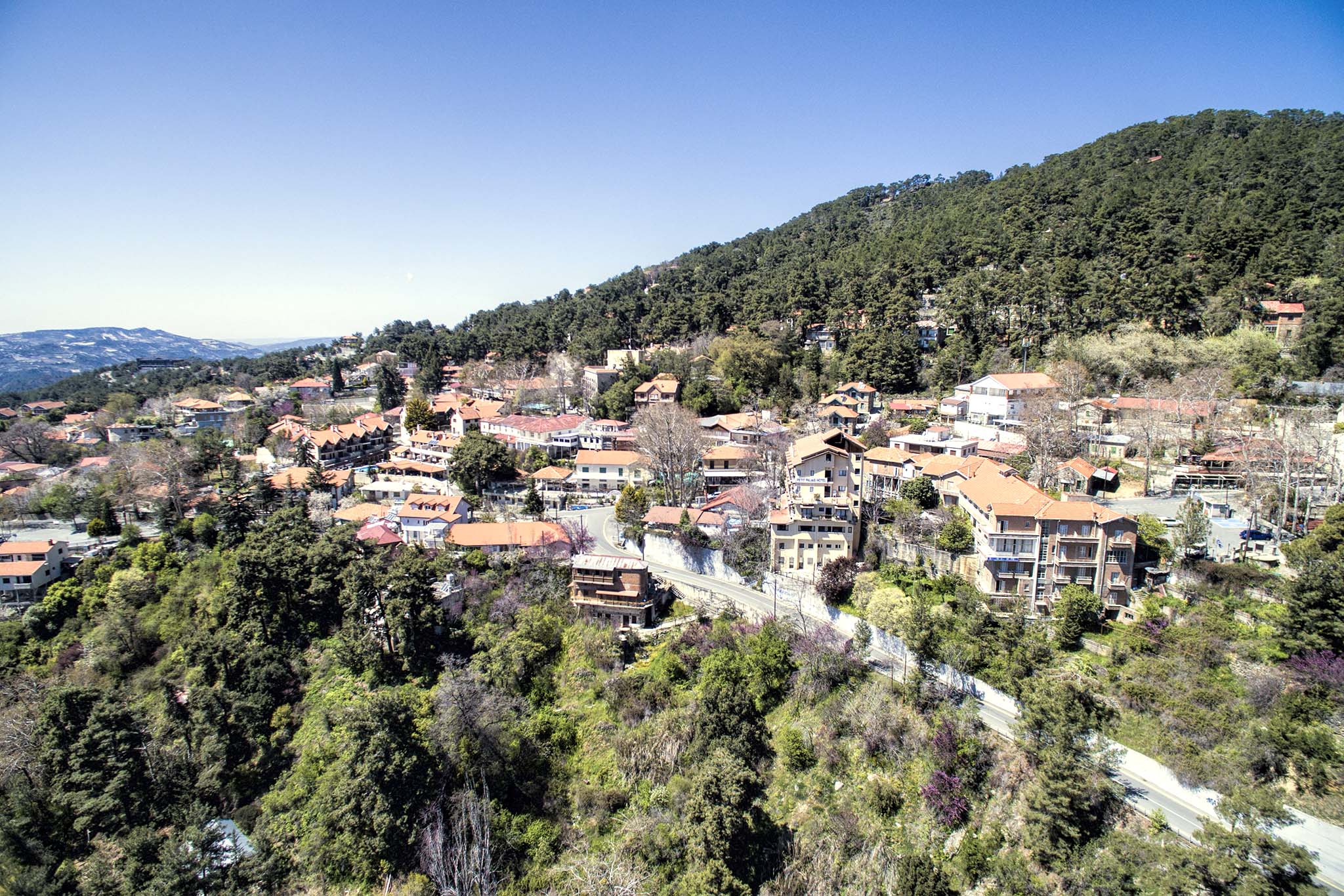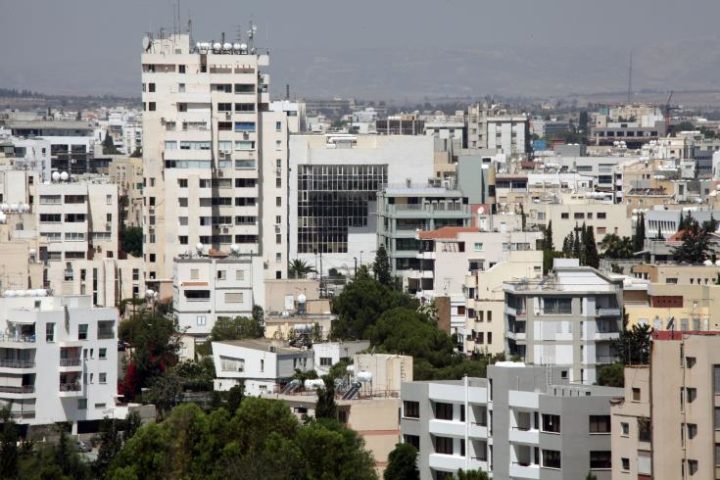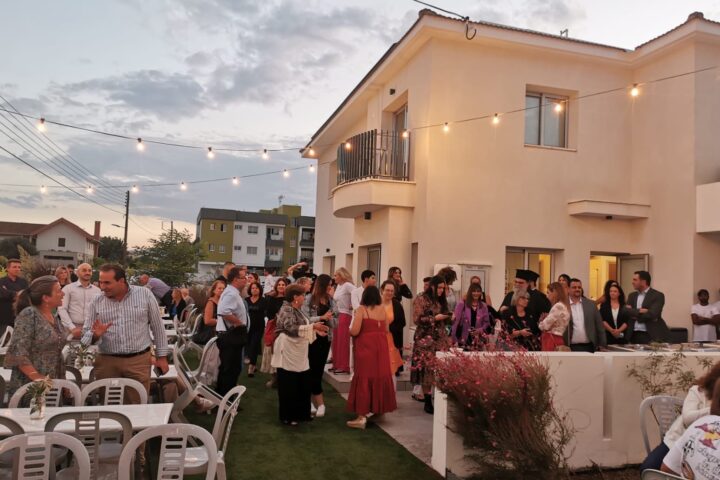On the occasion of the revision of local planning zones regarding the mountain areas and resorts, I have some thoughts that may be useful and adopted by designers and urban planners.
- The slope of the ground causes increased building costs due to the need for excavation and embankment, as well as the construction of retaining walls and basements. The increased costs could reach 30-40% from the otherwise relatively flat ground.
- Access from the road to the building needs increased costs for installing an elevator and constructing a car ramp.
- The local climate, which is usually colder and with increased rainfall, needs the use of additional insulation and increased maintenance, while it is understood that the use of insulation on exterior walls increases the cost of ownership additionally.
- The existence of trees limits the use of photovoltaic solar panels for electricity generation, which also causes increased costs in the use of the building.
Therefore, to limit the increased cost of the construction and maintenance of a “mountain” building and to attract new residents, I propose the following:
- The low building ratio in the mountains within residential and development zones should be increased from the existing one [around 20% – 25%] to at least 30-40% for the final result to be more economically viable.
- In plots that are very difficult to access, and parking is required in a small size of the plot, this requires the construction of a ramp (very difficult); it should be possible to pay compensation to the local authority of, say €2,500-3,000 per space that is not offered. This amount should be deposited in a special fund for public parking lots.
- The cladding of external walls made of local stone (e.g., the ‘Karystos’ stone for areas such as Troodos) should be mandatory, at least on the façade or frontal part of the building and visible from the road.
- To limit the felling of forest trees (and others), an increased height of the building should be given from the current 2-3 floors to 4-5 floors, while in the same matter, the planting of local trees aged 4-5 years (height of at least 2-4 metres) with watering facilities should be imposed, with an obligation to maintain them for four years from the completion of the building and connection to the electricity grid.
- Because of the rights of way blocked by existing trees, to allow alternative routes to be adopted at greater distances than the current level.
- For fire protection purposes, provision should be made for constructing an underground water tank in a private or common tank for public use in an emergency.
The use of various incentives to attract new residents to the mountains is underway, but these costs do not help the overall situation and, thus, do not encourage developers and individuals to build such units due to higher costs.
On the one hand, we have the announcements to attract handicraft units, upgrade hotels, etc.; all this needs a new workforce and, consequently, a place of residence.
How will this be achieved if development costs are economically prohibitive and there is a lack of sufficient residential units?
Therefore, at the same time as the revision of the zones, there should be relevant incentives (without particular costs for the State) to achieve this goal.
By Antonis Loizos FRICS – Antonis Loizou & Associates EPE – Property Appraisers, Property Sellers & Development Project Managers










